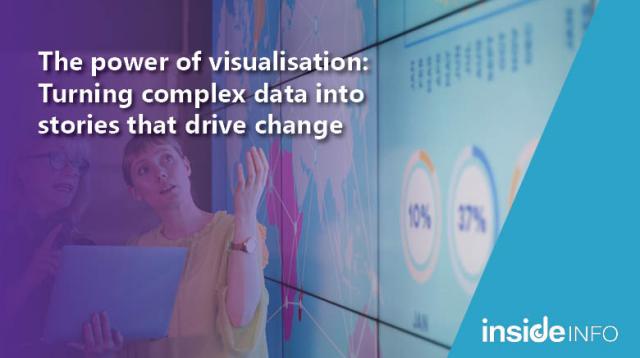
Data driven techniques have a huge role to play in business-to-business (B2B) lead generation and prospect development. Here we explore five simple steps to improve lead generation and prospect development using data and analytics.
1. Build a reliable data foundation
A common issue for many businesses arises from complications caused by the need to combine data from various sources. Some outdated software systems simply can’t cope with the amount and diversity of disparate data. Outdated tools are inefficient, less effective and more time consuming, and they compound the opportunity for errors because they do not have the corresponding operational capacity.
Outdated data platforms and analytics technologies include those systems that limit your company with a legacy burden. Big data brings an opportunity to have a full-scale view of your business. However, to get big data distilled into something useful, you need to learn how to combine and efficiently analyse various types of data. Information from disparate sources isn’t easily linkable, it’s prone to dirty data and often results in unstructured or semi-structured data.
By using a data-agnostic data platform, you can typically avoid data integration, compatibility and performance issues due to those platforms’ inherent nature to handle and process various data types and formats. If you want to know more about the importance of data integration read our earlier article. A data-agnostic data platform approach also helps steer clear of unforeseen operating costs and dampened scalability issues associated with being confined to only a select group of data types or formats. Additionally, keeping data safe with today’s heightened security threats requires an up-to-date and secure platform architecture.
When researching vendors or partners to assist in establishing a reliable data foundation, there are several best practices to follow:
- Evaluate a partner’s ability to ingest and process disparate data types, particularly those you’ll be using, to ensure you’re in good hands.
- Include both the business users such as sales and marketing alongside IT departments in the evaluation process to make sure the platform serves everyone’s needs.
- Obtain upfront pricing and an actual development outline associated with any customisations you may require.
2. Translate Data Efficiently
Companies that are successful in translating big data into market growth tend to follow three basic principles:
- They use analytics to identify valuable business opportunities.
- They turn these insights into actions, products or services.
- They successfully present these actions, products or services to their clients.
Companies that apply big data and analytics in their business operations demonstrate a considerable improvement in their productivity rates. Being able to translate and make sense of data transforms big data into smart, actionable data that delivers quantifiable business results.
3. Use Data Analytics To Improve Performance
Data analytics is modernising B2B marketing in four major ways:
- Improvement in quality lead generation.
- Better matching of customers to product and/or service offerings.
- Maximisation of the customer lifetime value.
- Optimising dynamic pricing strategies.
Smart applications and platforms use machine learning and other predictive analytics techniques to analyse data insights, providing sales with the insight to locate, qualify and contact the most promising leads at the right time.
4. Propensity Modelling Can Improve Results
Purchase propensity modelling (which is the future likelihood of a prospect to make a purchase) can help further hone your target audience to only include those with an immediate propensity to purchase your product or service. Telecommunications providers have used propensity modelling for years with great results.
Propensity modelling is applied to correlate customers’ characteristics to their propensities or anticipated behaviour, aiming to determine the right moments and conditions to engage, affecting a prospect’s decision-making process. Propensity modelling in combination with business contact information helps to further develop a targeted sales and communications strategy.
5. Don’t Forget About Data Quality
Data quality is fundamental - don’t expect superior sales with inferior data. B2B leads are at the heart of a successful marketing strategy and data degradation is a huge challenge for any marketer. It’s crucial to make sure your data is accurate and verified on an ongoing basis.
Marketing and sales teams are under constant competitive pressure. Following the basic principles outlined above will help guide them on the right track to better use data to improve lead generation and prospect development.




